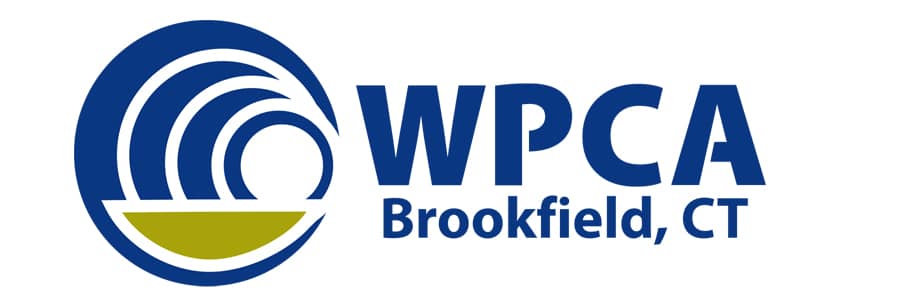Inflow & Infiltration
Inflow and Infiltration (I/I) causes dilution in sanitary sewers. Dilution of sewage increases wastewater volume and cost. Inflow is from inappropriate discharges to the system, such as rain downspouts. Infiltration is groundwater entering sanitary sewers through defective pipe joints, broken pipes and poorly sealed manhole structures. It is often difficult to determine which is causing dilution problems in inaccessible sewers.
A study was conducted in 2017 by Langan Engineering to understand why flows are higher during rain events and if actionable programs are indicated. Preliminary findings are that the extra I/I cost impact is too low to spend much money to reduce I/I. These studies can be viewed and downloaded here:
It was subsequently found that inflow during high rain events is arrested if manhole cover inflow pans are installed. Often stormwater can divert over a manhole cover along the side of the road to cause significant inflow if rainfall exceeds ¼ inch. These pans have been installed in 2021 and 2022 and the savings are significant.
Additional information regarding inflow and infiltration can be found in the Wastewater Facilities Plan Report, conducted by engineering firm CDM Smith in August 2020 and an Analysis of Data of 14 Pump Station Sewersheds with Rainfall conducted and prepared by Drew McMillan (Summer Analyst) and WPCA Chairman Nelson Malwitz in July 2022. The most recent review of Brookfield’s I/I Program was conducted by Matt Cassedy, CT State Manager, RCAP Solutions in November 2023.
